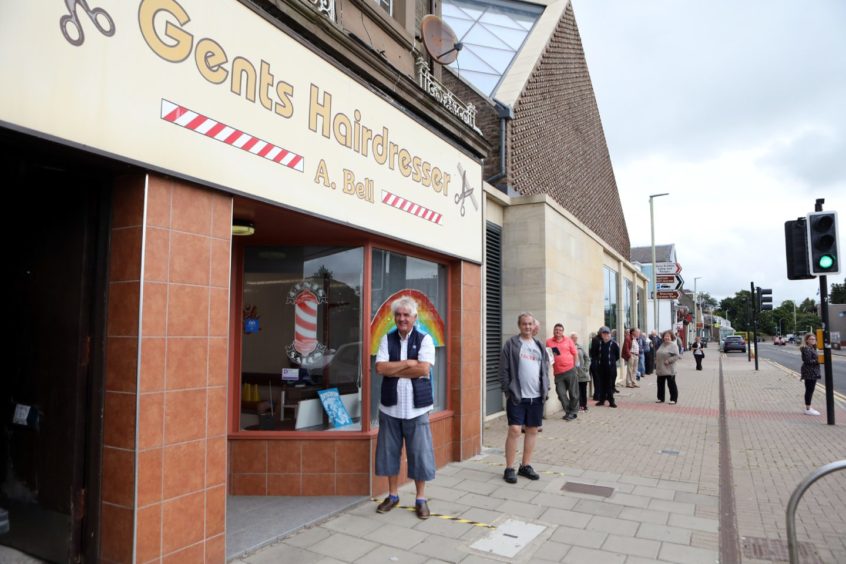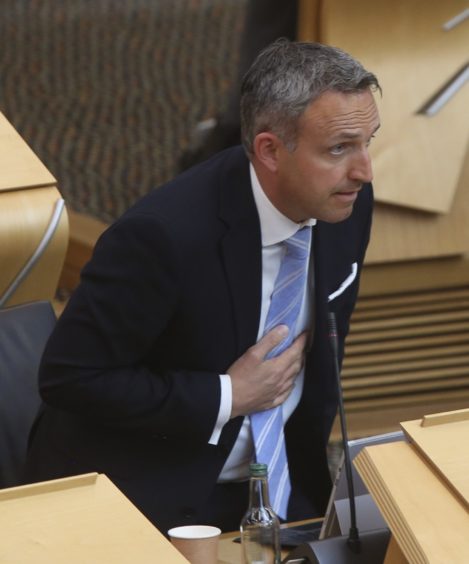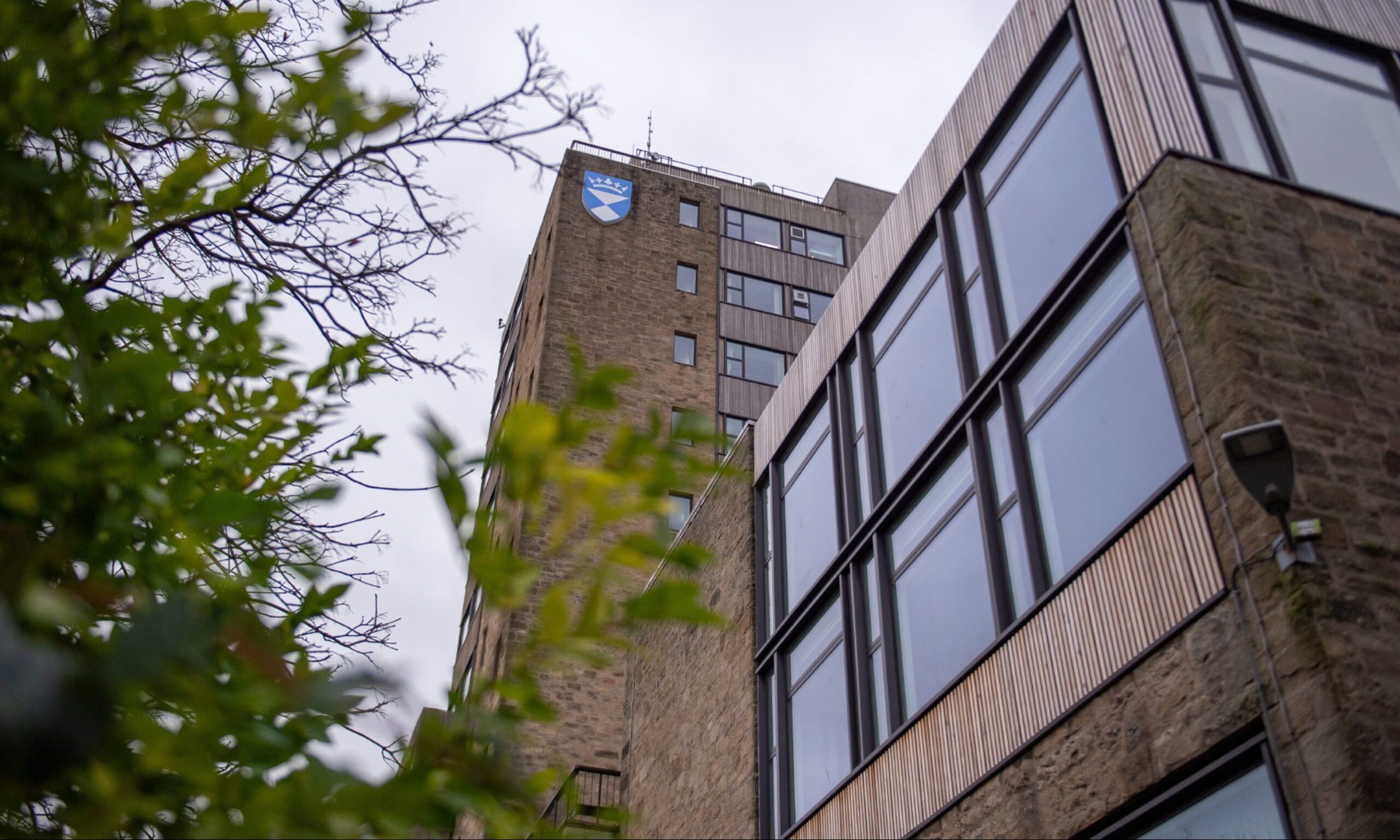Scotland has gone a full week without a confirmed coronavirus death, as pubs, bars, restaurants and the High Street reopened to the public for the first time in four months.
Speaking at her daily press briefing, First Minister Nicola Sturgeon said she was nervous as the country moves into its most relaxed phase of exit from lockdown so far.
Ms Sturgeon reiterated how important it is for the country to stick to the social distancing measures.
She said: “The changes are long awaited and have been very hard-earned by everybody across the country.
“But I have to say that I am even more nervous about today’s changes than I have been about earlier changes in previous phases of coming out of lockdown.
“That is why we have deliberately waited until infection levels were very low before allowing these services to restart. That gives us the best possible chances of managing the risk that reopening indoor services creates.
“But it doesn’t remove those risks, and so it is vital – more vital than it has been at any stage of this crisis so far – that all of us stick rigidly to the rules and guidance on how to behave in these different settings.”
A total of 2,490 patients have died in Scotland after testing positive for the disease.
Figures released by the National Records of Scotland (NRS) suggest 4,187 deaths have been recorded where coronavirus has been mentioned on the death certificate.
Between March and June, NRS notes in 92% of all coronavirus deaths, the patient had at least one pre-existing condition, mainly dementia or Alzheimer’s.
The figures show people from deprived areas were 2.1 times more likely to die of the disease than Scots living in more affluent places and those working in processing sites or operating machinery were also at risk of a higher rate of morbidity.
Pete Whitehouse, NRS director of statistical services, said: “Every death from this virus is a tragedy and these statistics represent the heartbreak of many families across the country who have lost loved ones.
“Today’s publication includes updated analysis on mortality by occupation, deprivation, leading causes of death, pre-existing conditions and urban rural classification. We have also provided an updated breakdown by local area.
“This additional analysis provides important information on the progression and impact of the virus and we will continue to work alongside Public Health Scotland and the Scottish Government to provide robust information.”
The Lib Dems have issued calls for a review to prevent future flare-ups of the disease being disproportionately felt in areas of high deprivation.
Party health spokesperson Alex Cole-Hamilton said: “Confirmation that deprived communities across Scotland have faced a much higher risk from this virus than those in less deprived areas is truly terrible.
“We are at a point now where the prevalence of the virus has dramatically decreased. We should use this period to learn lessons from our initial response, and quickly.
“We’ve seen, including from countries that handled the first wave better, that there is real reason to be concerned about future local flare-ups or a full-blown second wave. We should be ready for it.
“The Scottish Government should agree to a rapid forward-looking review of national preparedness and should include in it work to tackle the deprivation divide.”










